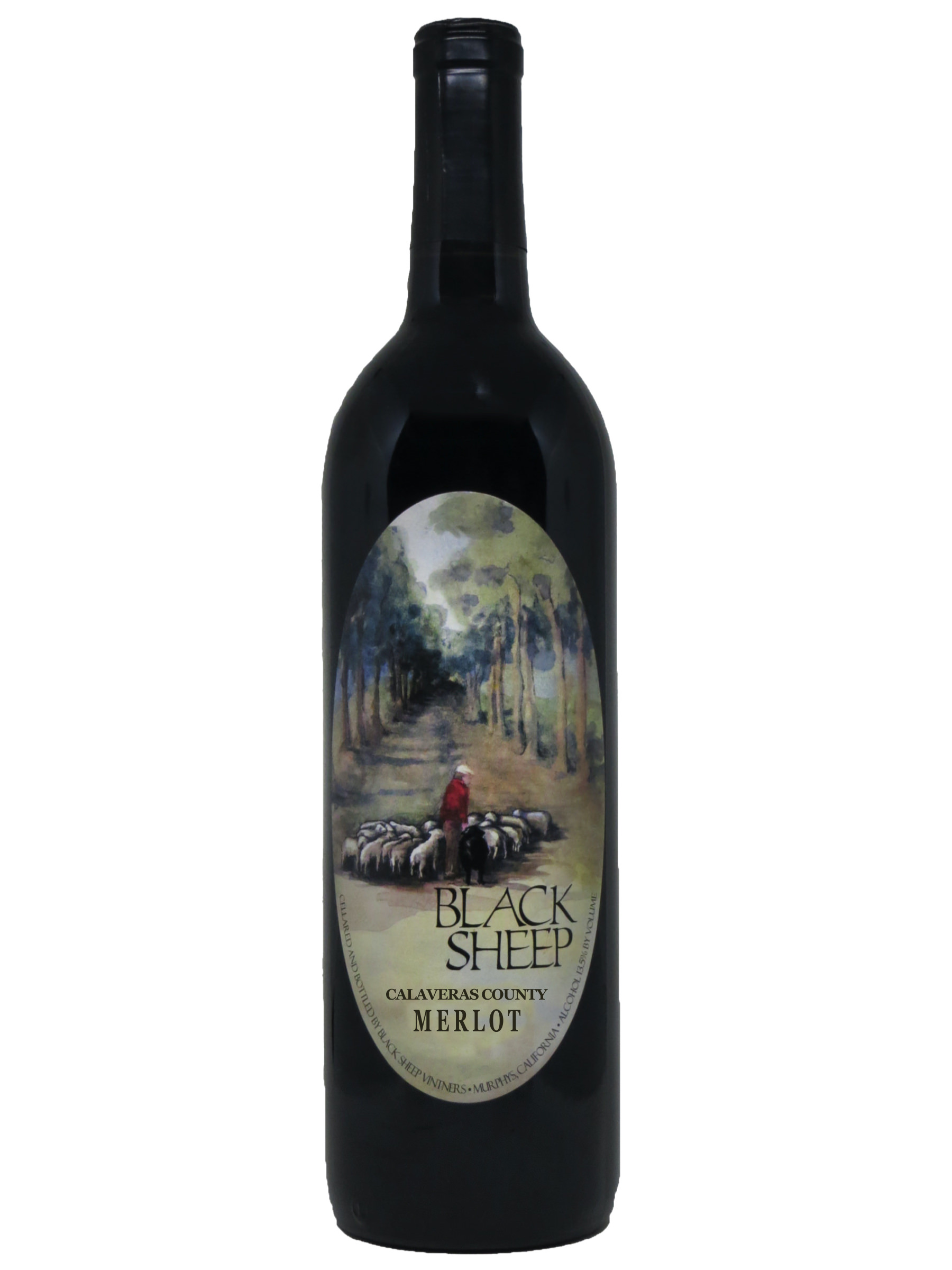

By 2008, the winery was one of a few certified organic wineries in Marche. Those efforts included eliminating artificial fertilizers and pesticides.


In fact, Saladini Pilastri implemented low-impact organic farming practices as recently as 1995. But to wine aficionados searching for fine organic wines, that’s a good thing. Le Marche region, however, is not as famous as neighboring Tuscany and Umbria. In English, the wine region is called the “Italian Marches” region. Looking at a map of Italy, the Marche is situated in the “calf” of the iconic Italian boot. Nestled in the bucolic Marche appellation in the eastern coastal region of Italy, the winery is not far from the Adriatic Sea. The rolling sun-baked hills of Monte Prandone and Porto d’ Ascoli surround the 300 hectares that make up Saladini Pilastri winery. Three centuries into it, the Count continues to produce artisan wines and one-of-kind olive oil. Want to visit? Click here for best hotel rates and availability. The lands and titles were gifted to the Saladini Pilastri family 1,000 years ago as a reward for its participation in the Holy Crusades. On the nose, it’s all about nuts and fruits, such as green apple, pineapple, and even bananas.Ĭount Saladini Pilastri heads up the family wine business from his sprawling villa 2 kilometers from the medieval town of Spinetoli in the Ascoli Piceno province. Low in acidity, the wine is typically straw-colored and medium-bodied. Pecorino wines must contain at least 85 percent Pecorino grapes to receive the Offida DOCG stamp of approval. The sheep’s image also reflects the white grape’s Denominazione Di Origine Controllata e Garantita (DOCG) required by Italian law. Saladini Pilastri uses the yellow sheep’s image as a marketing tool, inspiring wine aficionados to explore its organic white wines. It is an aromatic wine with bright acidity that pairs well with all types of seafood dishes. Yet Pecorino is not a sweet wine in any sense of the word. One reason the sheep may have loved the grapes, which are found in the Marche, Abruzzo, and Umbria wine regions, is for their natural sweetness. The Greeks brought the grape to Italy, but the low-yielding grape was thought to be extinct until the 1990s. But even with a bottle in hand, the image begs the question: What do sheep have to do with this wine? While Pecorino Italian cheese is made from sheep’s milk, that’s only part of this wine’s pedigree.Īccording to a local legend, the Pecorino grape acquired its name from sheep who loved grazing on Pecorino grapes while shepherded from pasture to pasture. That is why Pecorino wines sport it on the label. Just ask for wine with sheep on the label. Is the name of the Italian, family-owned winery a challenge? No problem. Next time you’re searching for a unique white wine, uncork a bottle of Saladini Pilastri Pecorino white wine.


 0 kommentar(er)
0 kommentar(er)
